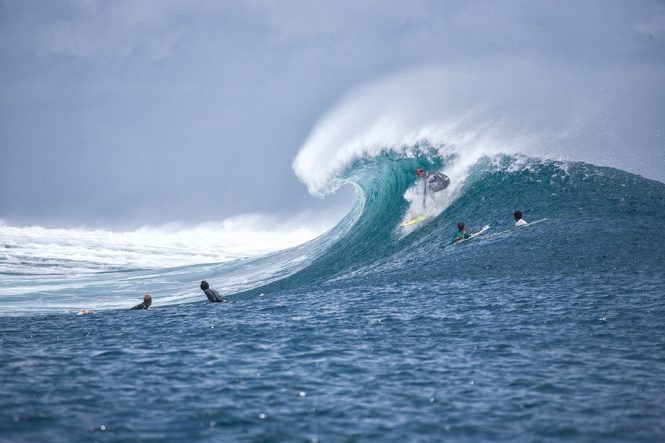
Mastering Your First Wave: A Beginner’s Guide to Surfing
Surfing is a thrilling and rewarding sport that offers a unique combination of physical exercise, mental challenge, and spiritual connection with nature. For those new to surfing, catching their first wave can be a transformative experience that sparks a lifelong passion. However, getting started can be intimidating, especially for those who have never been in the ocean or on a surfboard before. In this article, we’ll provide a beginner’s guide to surfing, covering the essential skills, techniques, and tips to help you master your first wave.
Choosing the Right Equipment
Before you start surfing, you’ll need to acquire the right equipment. As a beginner, it’s recommended to rent or buy a soft-top surfboard, which is made of foam and is easier to balance on. A soft-top surfboard is also more forgiving if you fall or make mistakes. You’ll also need a leash, which keeps your board attached to your ankle, and a wetsuit, which provides warmth and protection from the sun, wind, and cold water.
Understanding the Basics
Surfing involves paddling, popping up, and balancing on the board. Here are some key concepts to understand:
- Paddling: Paddling is the process of using your arms to propel yourself through the water and catch a wave. To paddle effectively, keep your arms straight, use your shoulders to power your strokes, and keep your hands facing the wave.
- Popping up: Popping up refers to the act of quickly getting to your feet on the board as the wave starts to lift you up. To pop up, place your hands on the board, push yourself up, and bring your feet under your body.
- Balancing: Balancing on the board requires good core strength, flexibility, and coordination. Keep your knees bent, your weight centered, and your arms out for balance.
Learning to Surf
Now that you have the right equipment and understand the basics, it’s time to learn to surf. Here are some steps to follow:
- Start in the whitewater: Whitewater waves are the best for beginners, as they are smaller and more forgiving. Practice paddling and popping up in the whitewater, where the waves are already broken.
- Position yourself correctly: To catch a wave, position yourself so that the wave is about 10-15 feet away. Make sure you’re facing the right direction and your board is perpendicular to the wave.
- Paddle like crazy: When you see a wave approaching, start paddling with all your might. Keep your arms straight and use your shoulders to power your strokes.
- Feel the wave lift you up: As the wave starts to lift you up, quickly pop up to your feet. Keep your knees bent, your weight centered, and your arms out for balance.
- Ride the wave: Once you’re standing, shift your weight to your back foot and use your front foot to steer the board. Keep your knees bent and your weight centered to maintain balance.
Tips for Beginners
Here are some additional tips to help you master your first wave:
- Take lessons: Consider taking lessons from a qualified surf instructor, who can provide personalized feedback and help you improve faster.
- Practice, practice, practice: The more you practice, the better you’ll become. Start with small waves and gradually work your way up to bigger ones.
- Stay relaxed: Surfing is all about relaxation and flexibility. Keep your muscles loose and your mind focused, and you’ll be more likely to catch a wave.
- Respect the ocean: Always respect the ocean and other surfers. Follow basic surf etiquette, such as yielding to other surfers and avoiding collisions.
- Have fun: Surfing is a fun and rewarding sport, so enjoy the experience and don’t get discouraged if you don’t catch a wave right away.
Conclusion
Mastering your first wave is a significant milestone in your surfing journey. With the right equipment, basic knowledge, and practice, you can catch your first wave and start enjoying the many benefits of surfing. Remember to stay relaxed, respect the ocean, and have fun, and you’ll be well on your way to becoming a skilled surfer. Happy surfing!